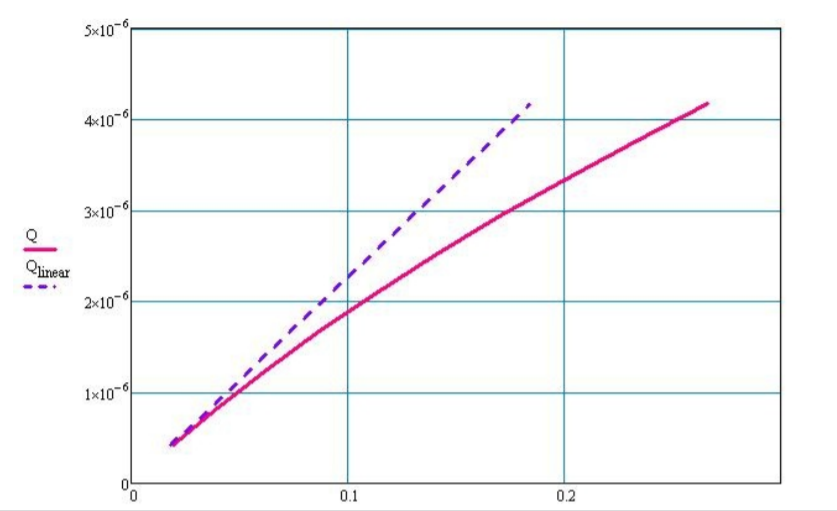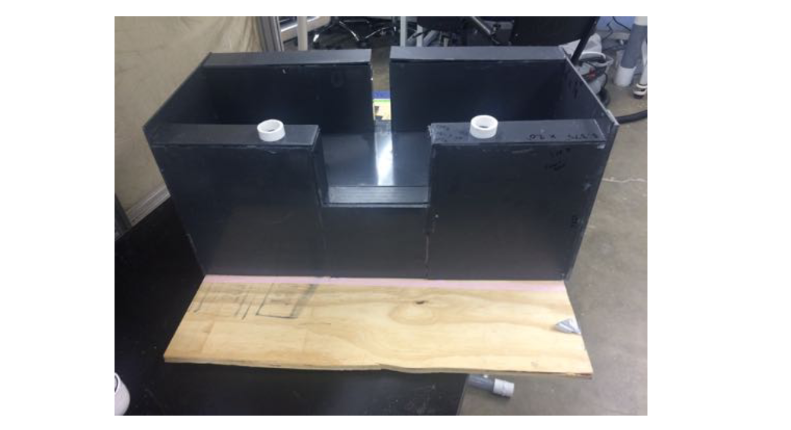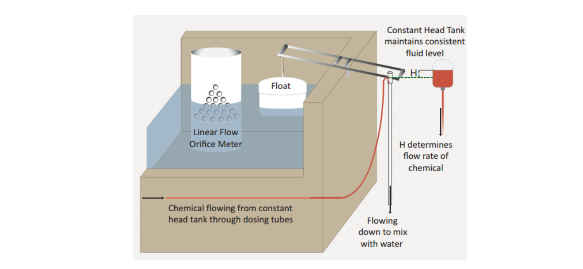Introduction:
The flow controller design tool on the Flow Controller page is used to calculate the tube length necessary to achieve a desired flow rate with a certain head loss. It has been observed that the actual flow rates that occur when using the lengths of tube provided by the design tool were consistently much slower than they theoretically should have been. This indicated that there was some problem with the assumptions made by the design tool. The error was most likely due to one of two things. It was possible that the actual diameter of the tubing being used was slightly smaller than the diameter published by the manufacturer, or that there were significant minor losses in the flow controller not being taken into account by the assumption of a linear relationship between flow rate and head loss/tube length. It was decided that rather than having to manually calibrate every new flow controller, it would be better to come up with a new method for finding the tube length needed. The new method would need to take into account the smaller diameter of the tubing and/or the minor losses, and would predict a more accurate flow rate without having to do further manual calculations or having to cut the tube after construction of the flow controller





